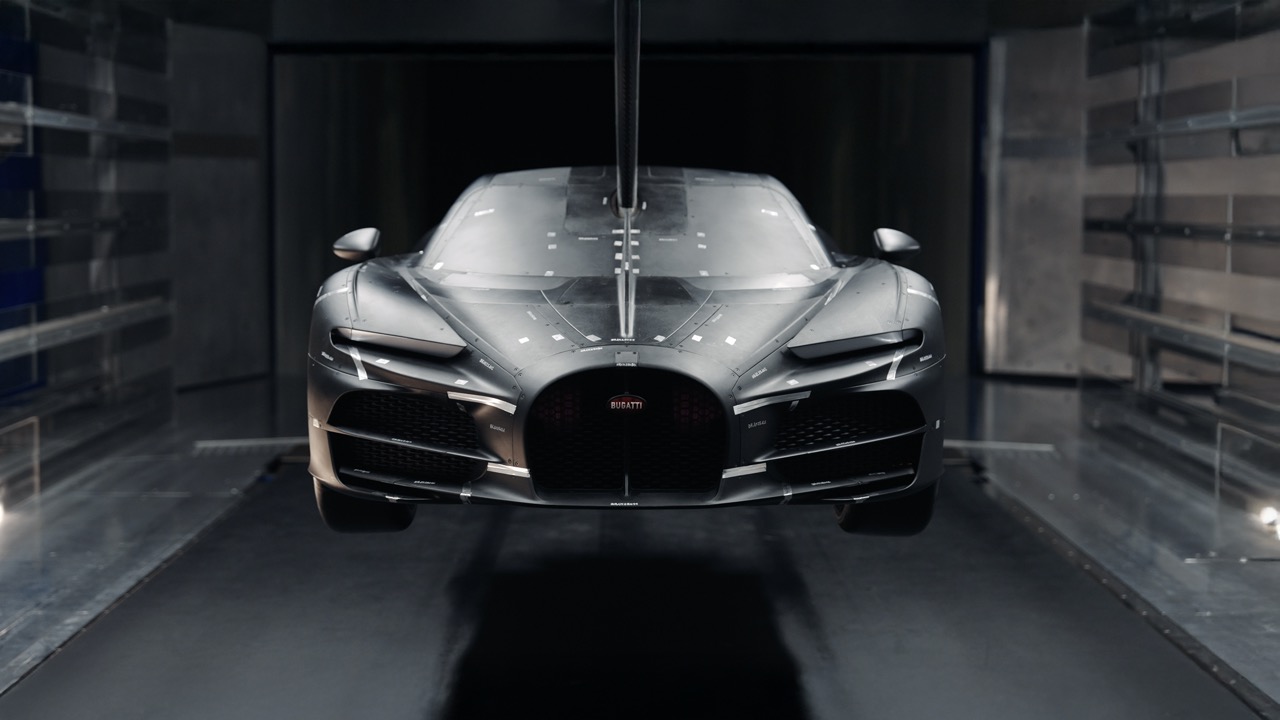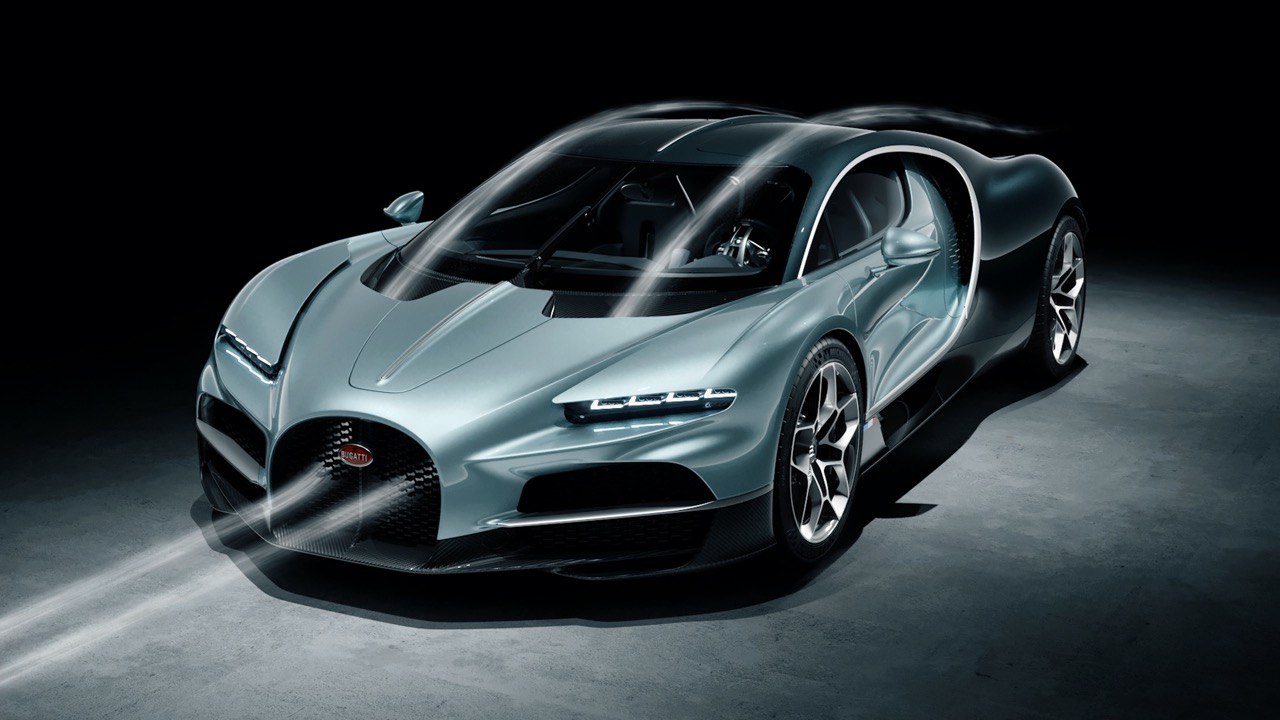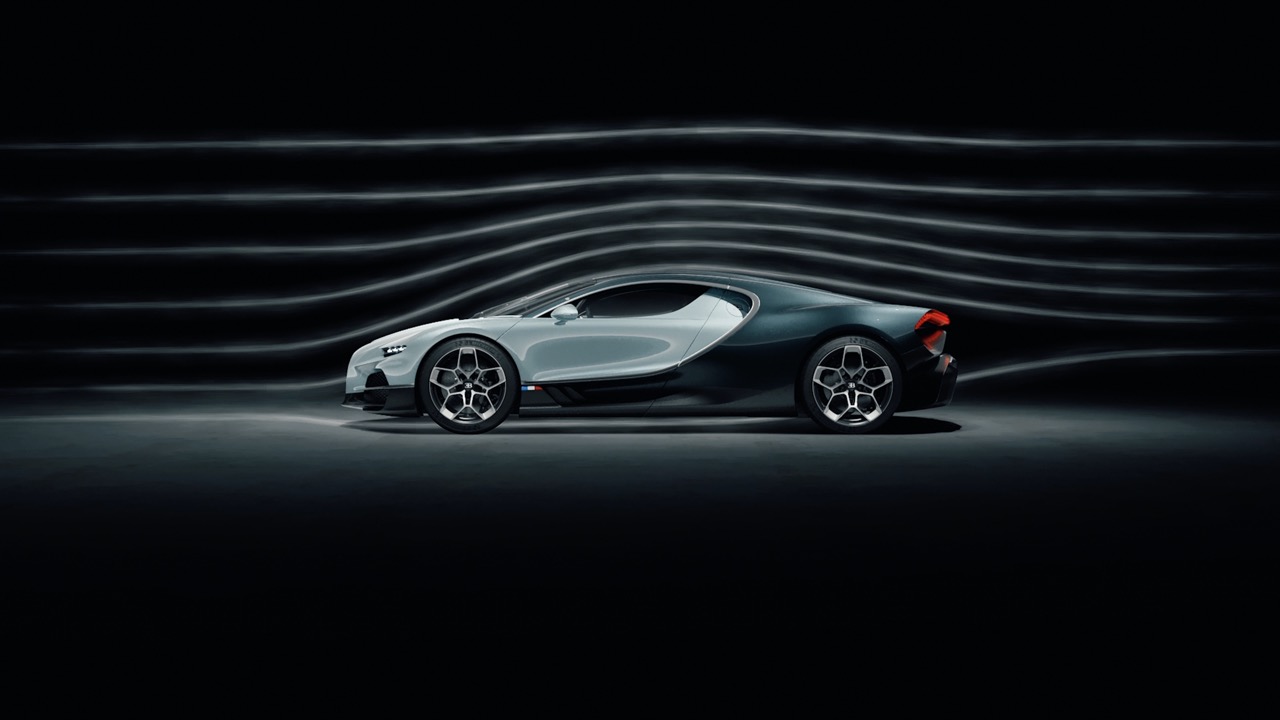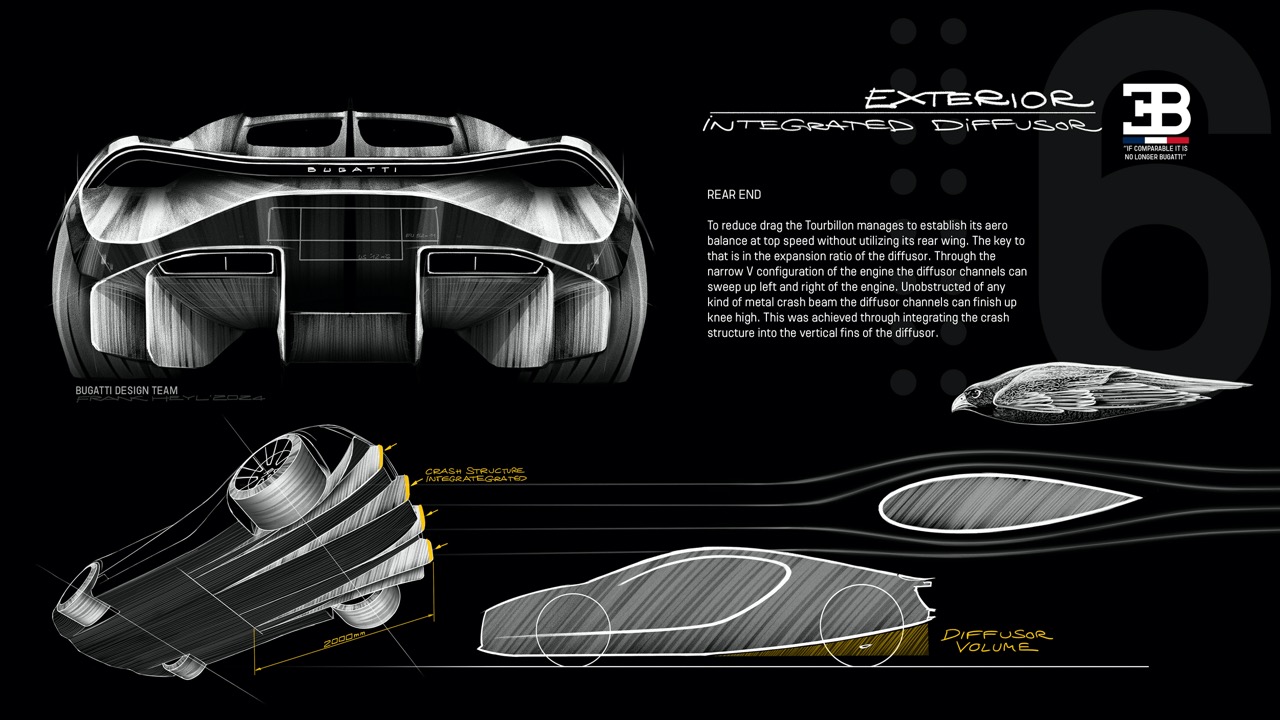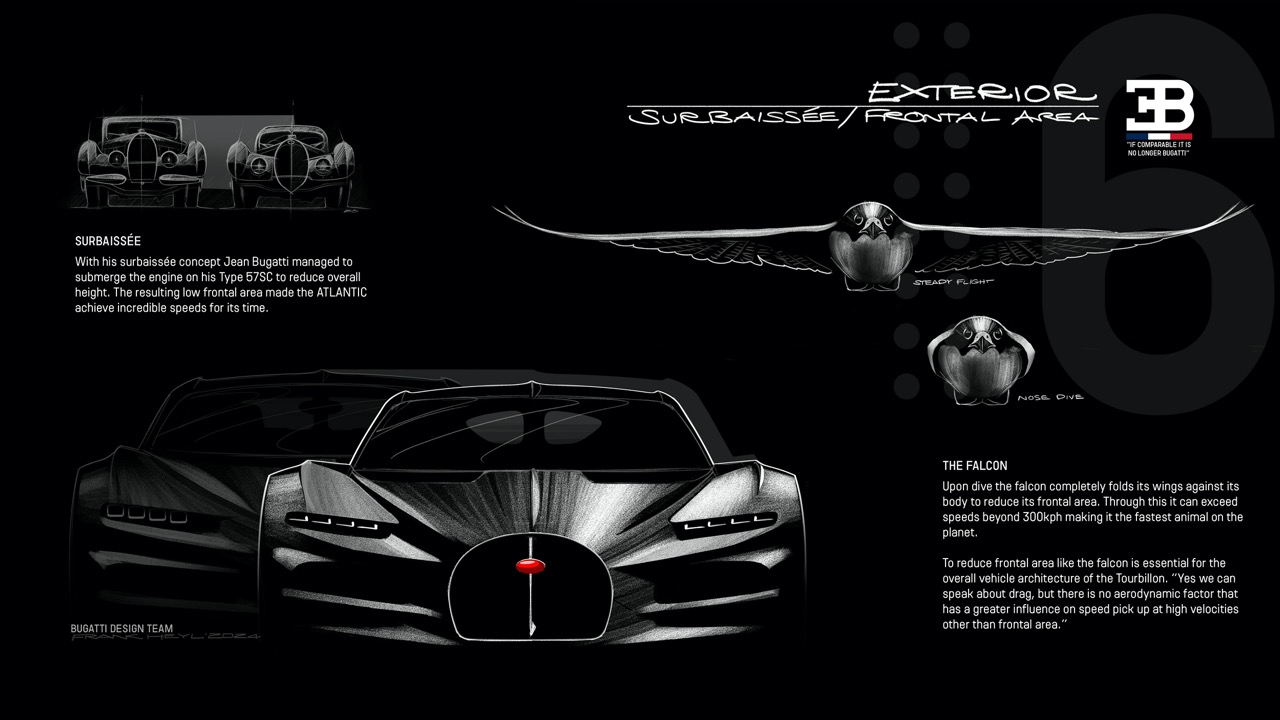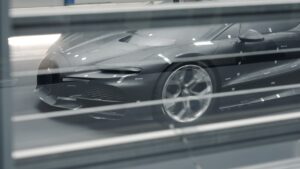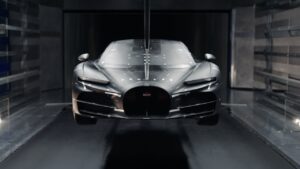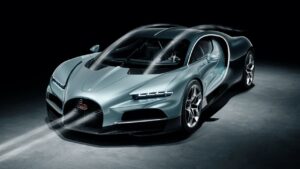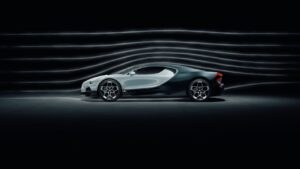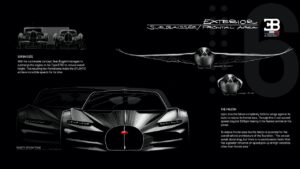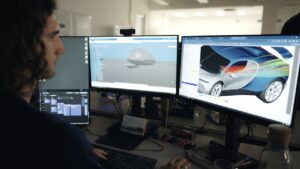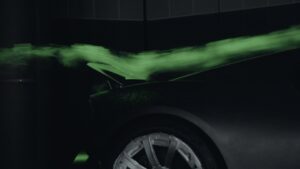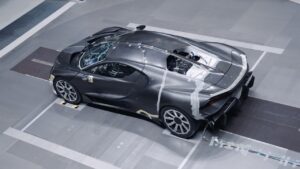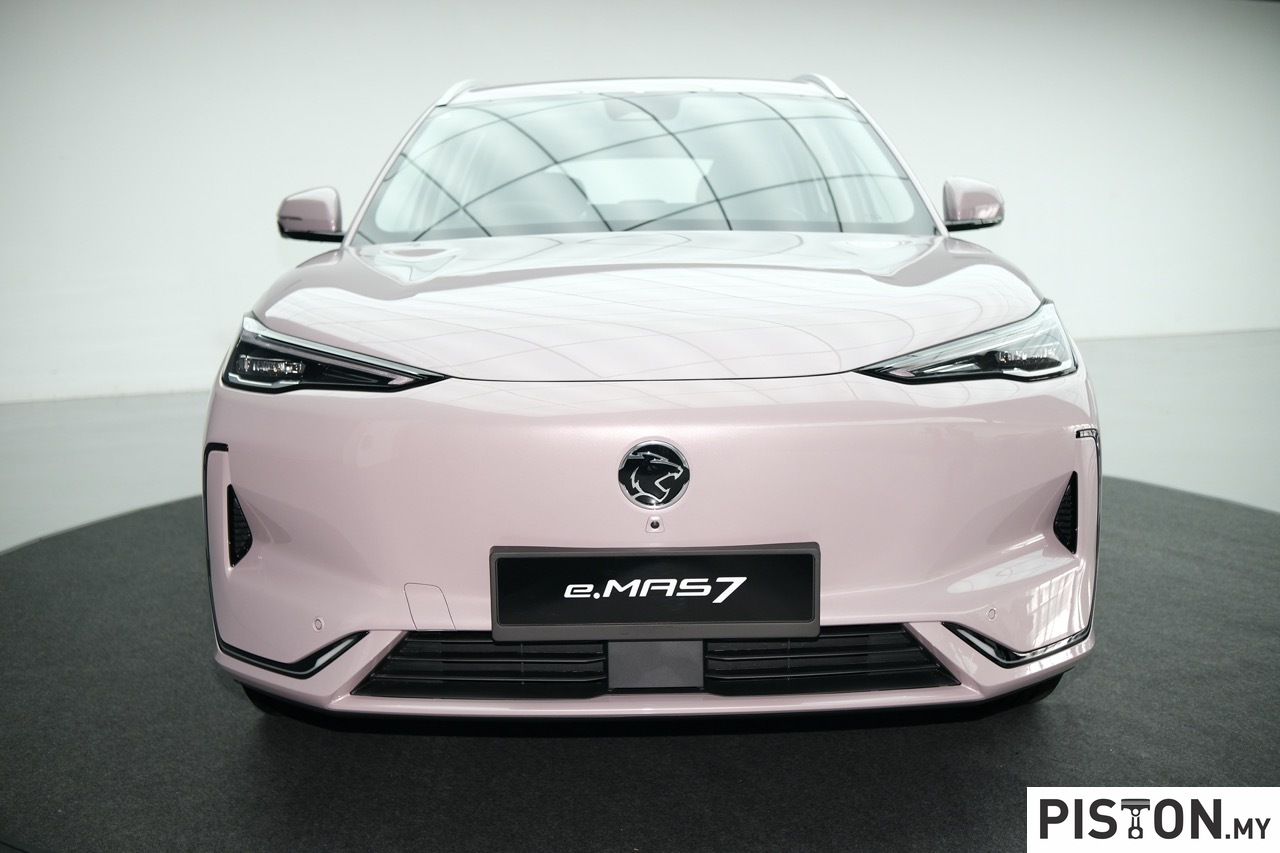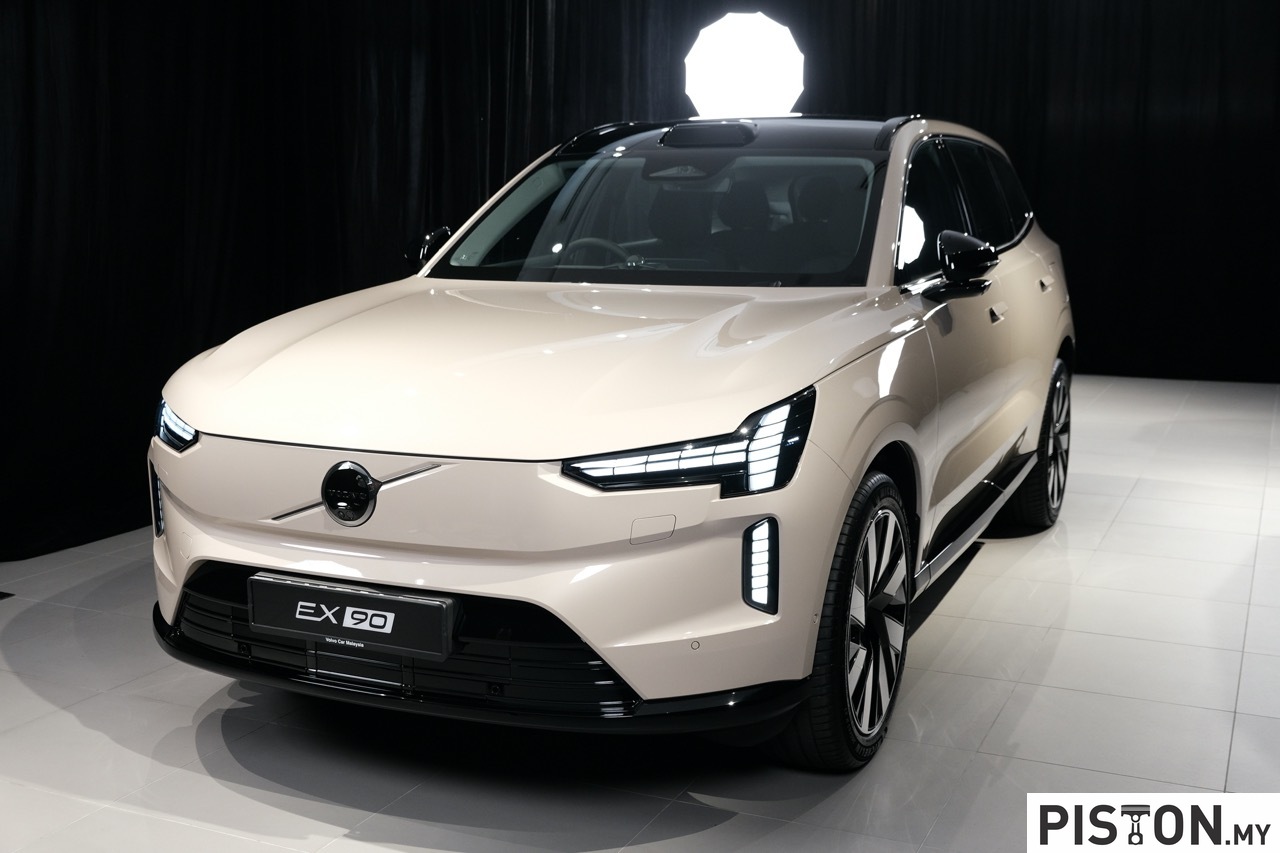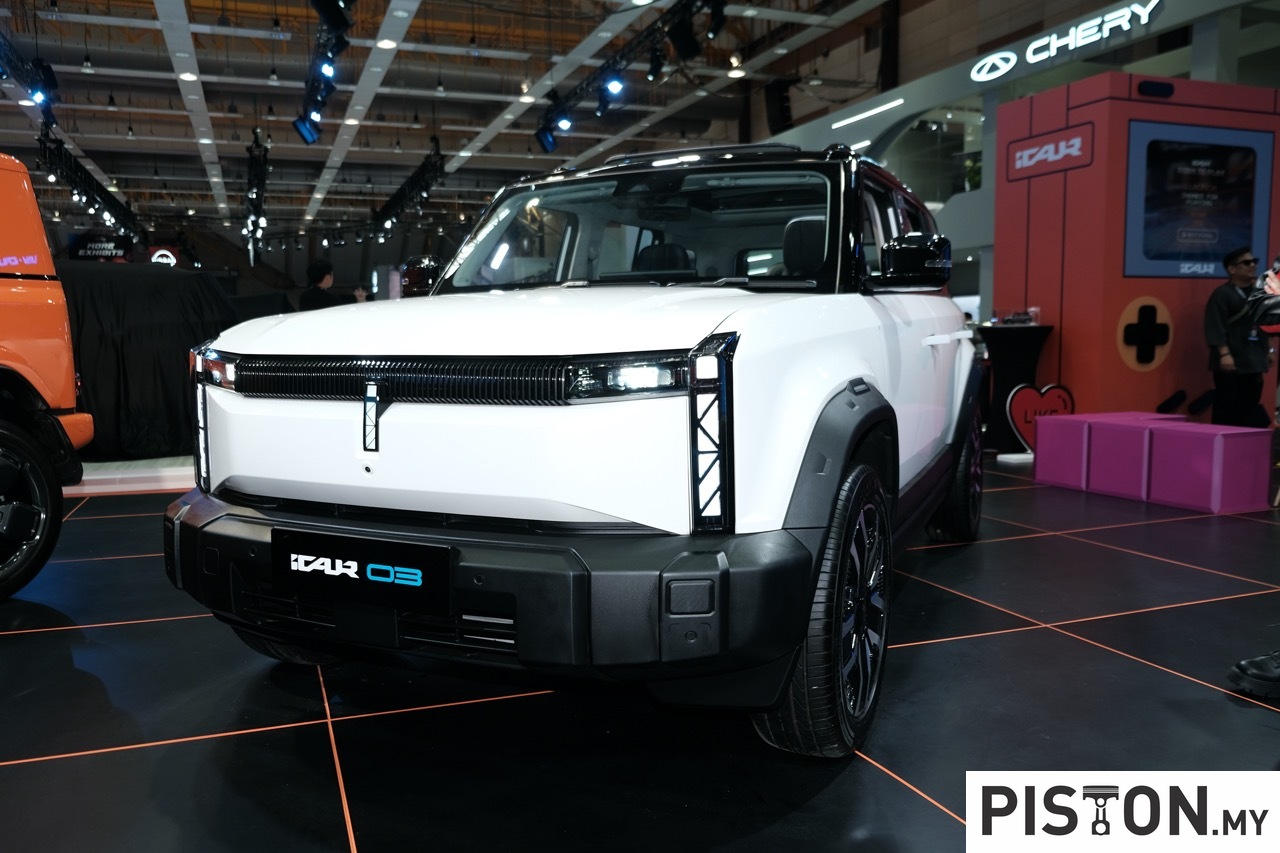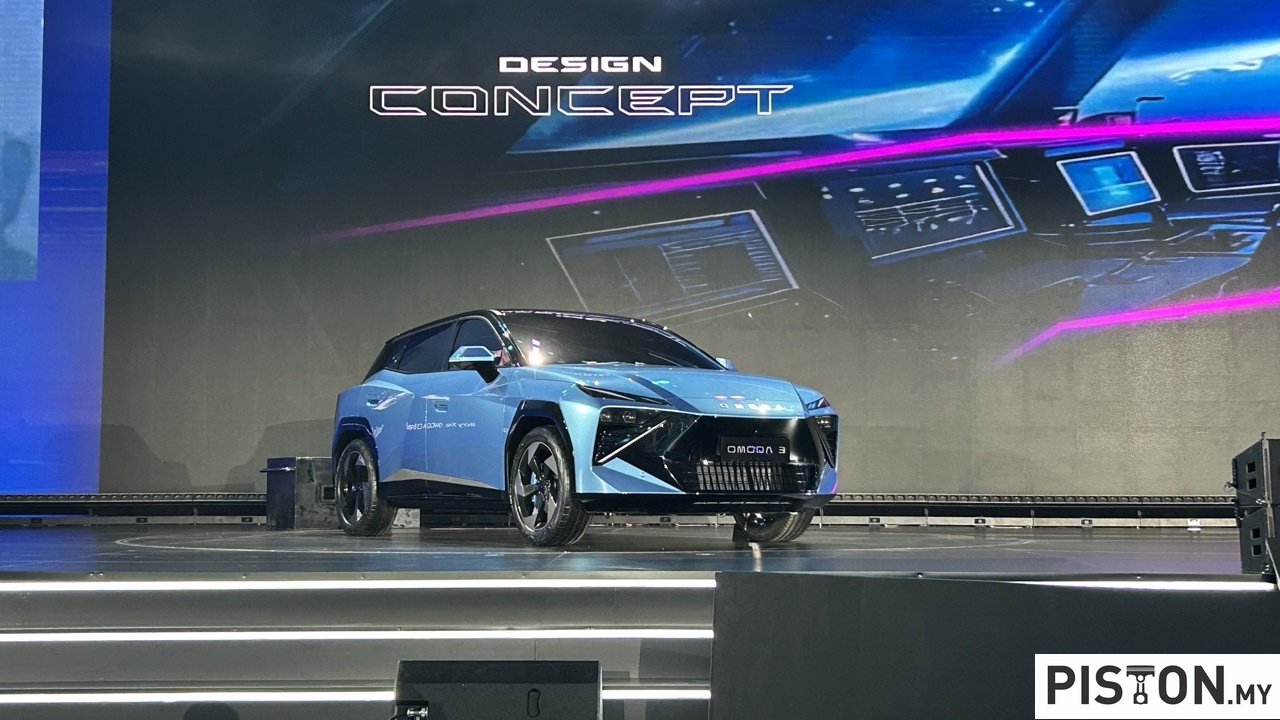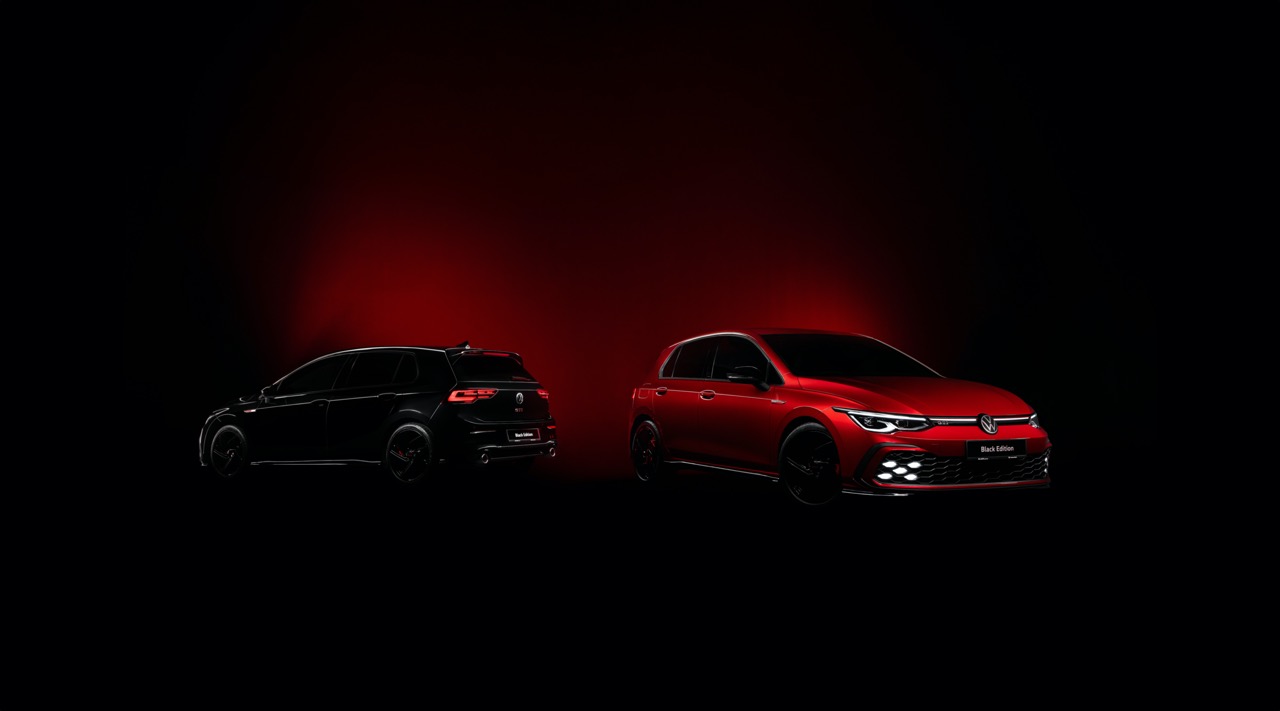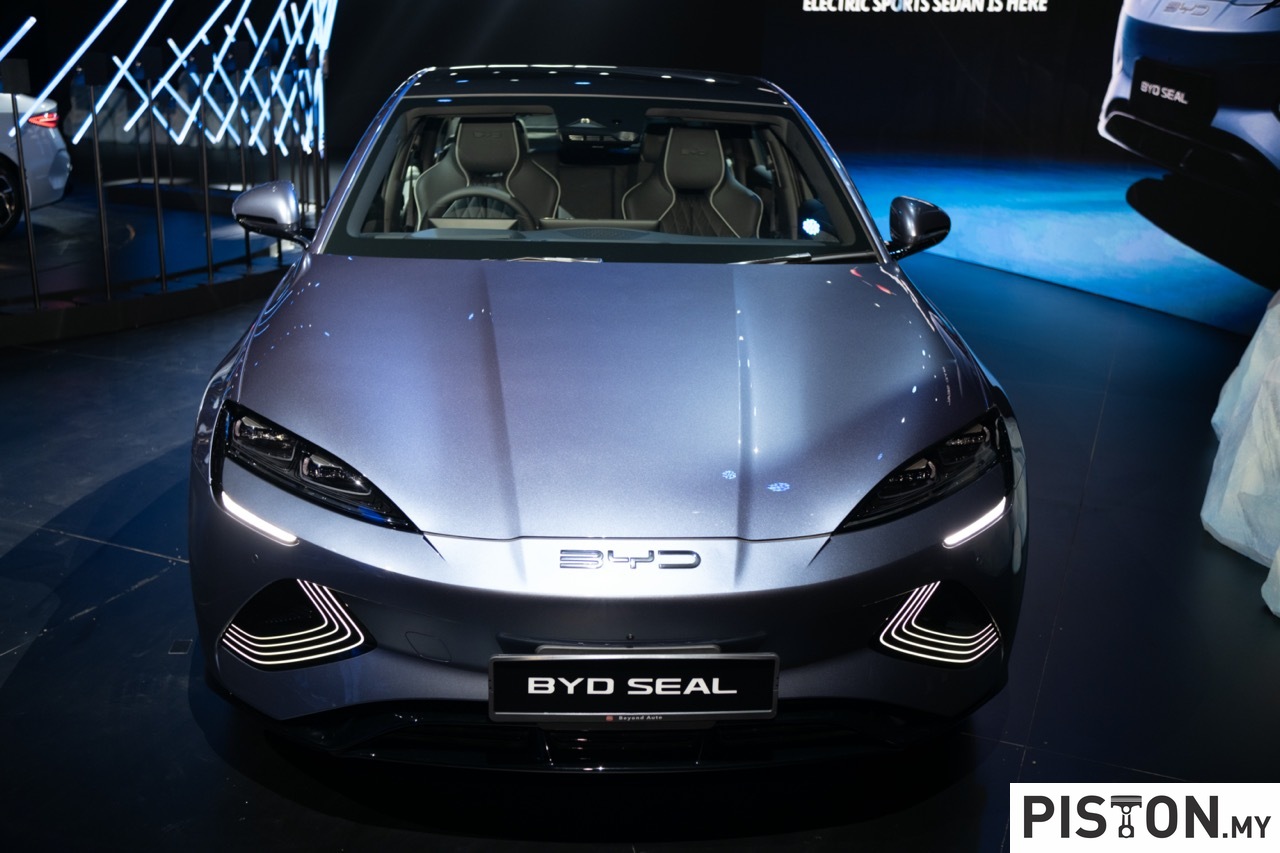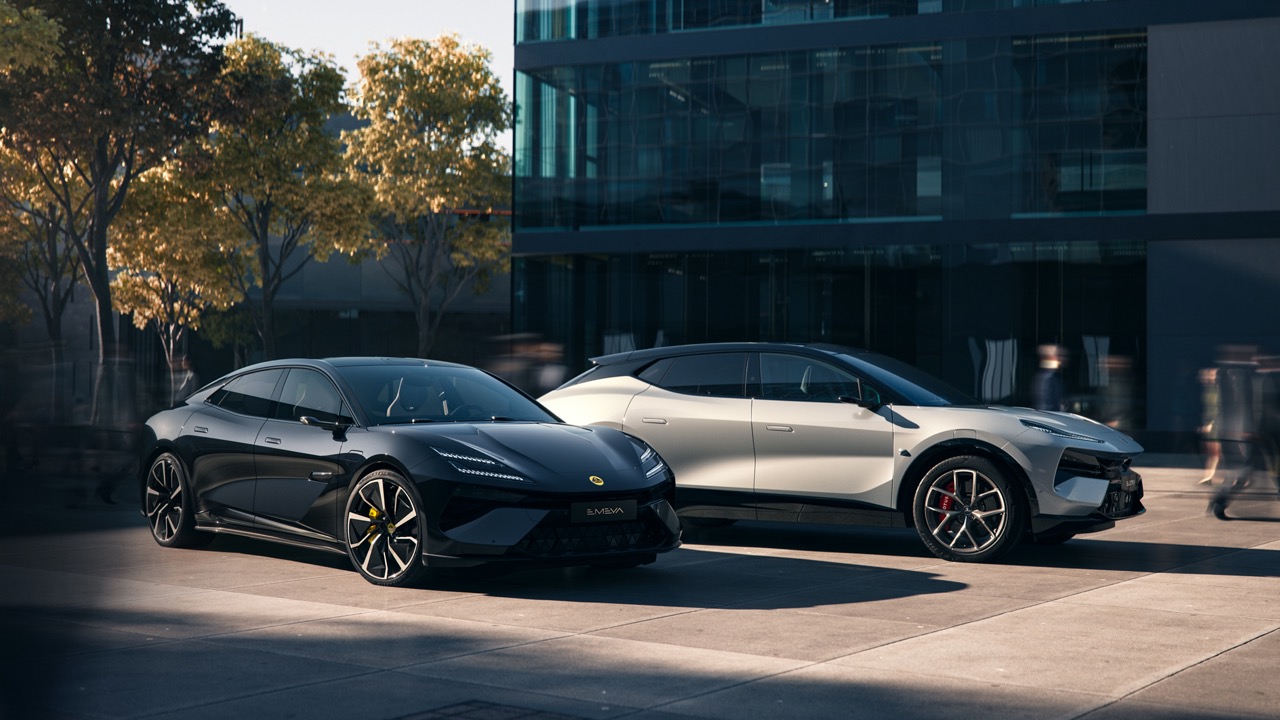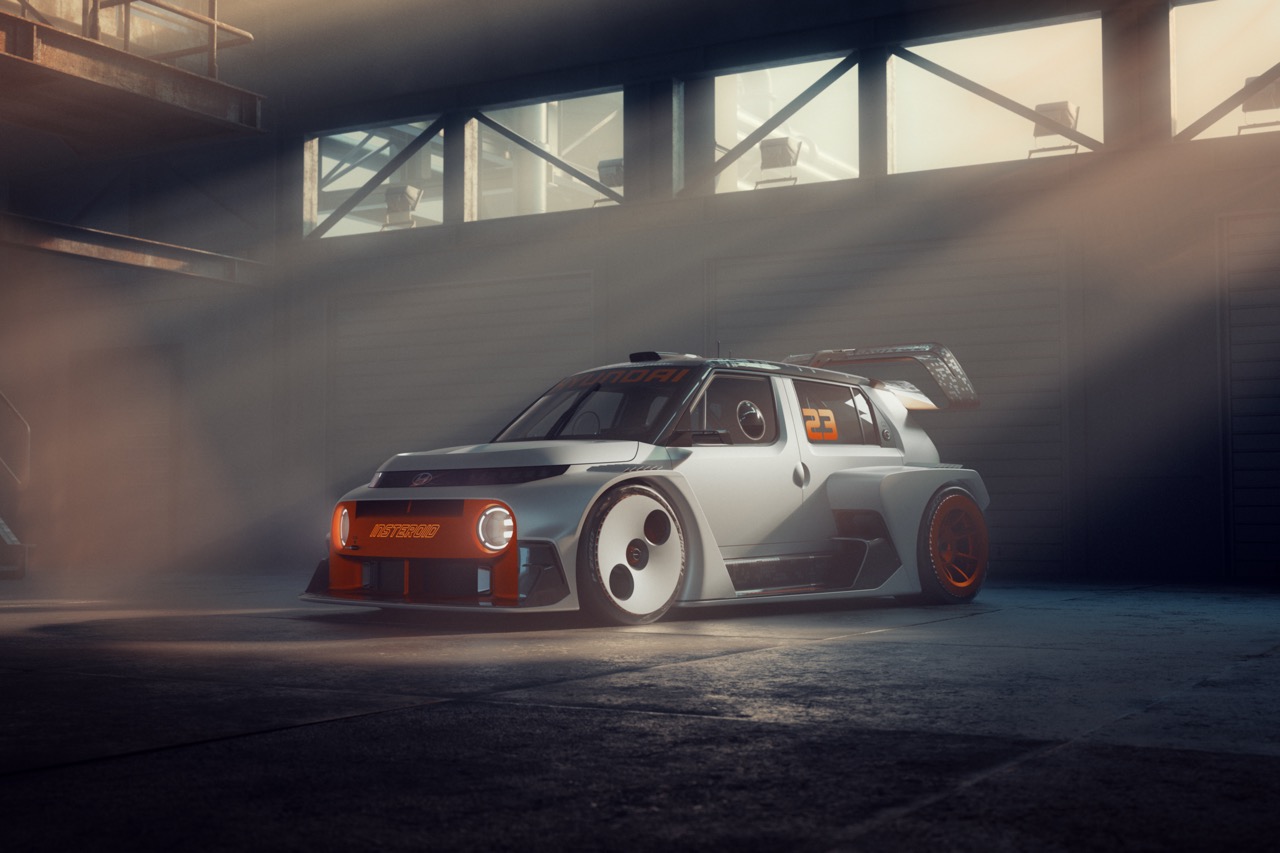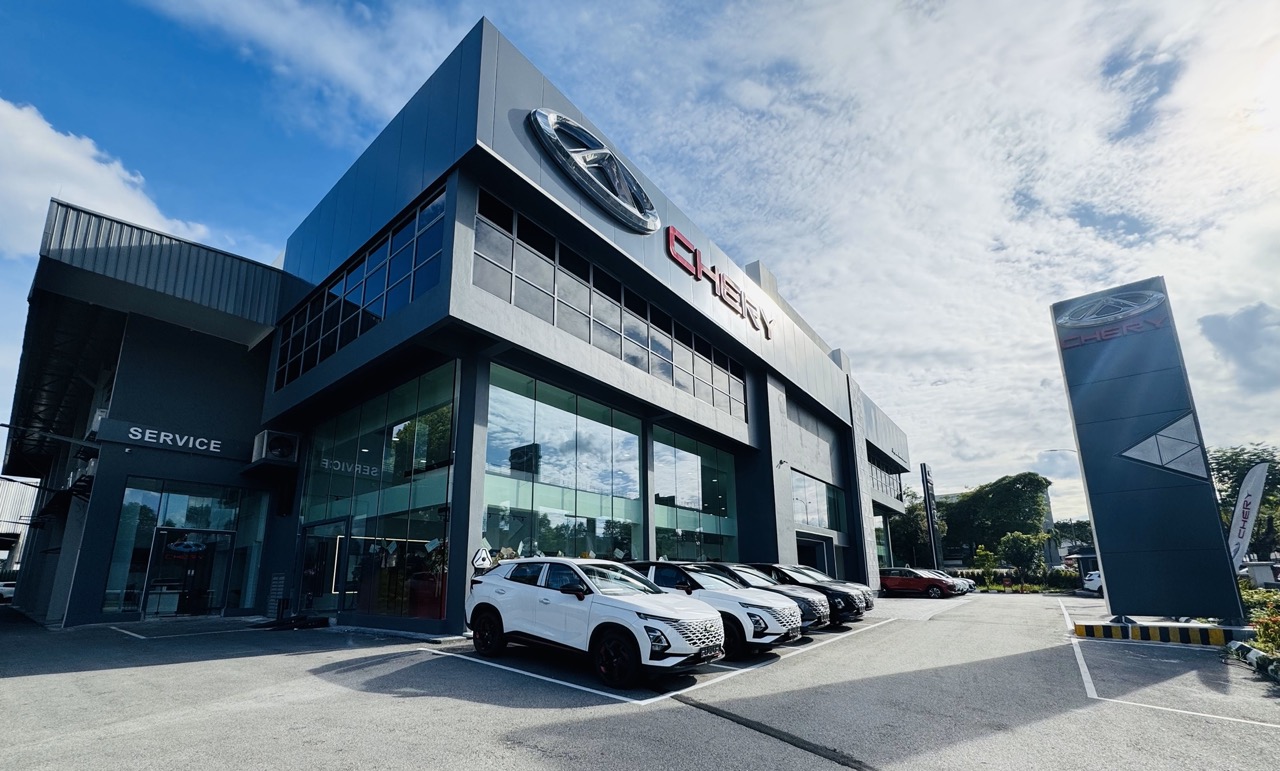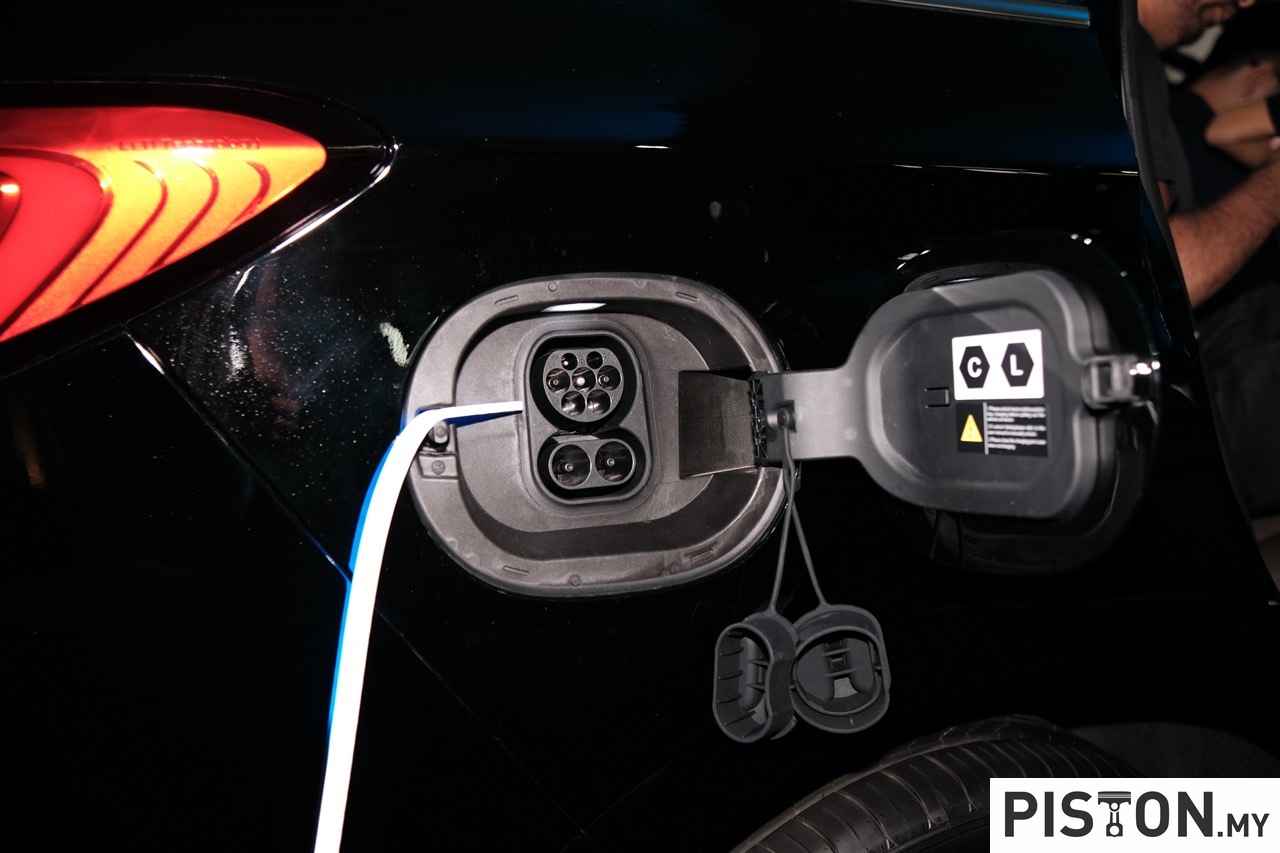In June 2024, Bugatti unveiled the Tourbillon, its next-generation hyper sports car, during a highly anticipated World Premiere in Molsheim. True to Bugatti’s tradition of pushing the boundaries of automotive innovation, the Tourbillon stands as a technological masterpiece—nowhere more evident than in its groundbreaking aerodynamic design. In the latest episode of A New Era, Bugatti’s world-class engineers and aerodynamic experts reveal the meticulous process behind creating one of the most aerodynamically advanced road cars ever conceived.
For Bugatti’s engineering team, led by Chief Vehicle Engineer Paul Burnham, the challenge was clear: surpass the already exceptional aerodynamic efficiency of the Chiron, a car that once held the title of the world’s fastest. “The Chiron was already a low-drag car,” Burnham explains, “but with the Tourbillon, we knew we had to go even further.”
Bugatti’s pursuit of aerodynamic perfection began early in development with months of advanced Computational Fluid Dynamics (CFD) simulations, allowing engineers to analyze airflow and drag virtually. But to move from theory to reality, Bugatti’s experts gathered at a cutting-edge wind tunnel facility in Italy nearly 15 months before the Tourbillon’s official reveal.
At the heart of this phase was a half-scale model of the Tourbillon, constructed from 250 meticulously crafted 3D-printed parts and equipped with over 100 pressure sensors embedded across its sleek exterior. Every curve, panel, and surface was analyzed in granular detail, allowing the team to monitor mass-flow, static pressure, and air velocity with unmatched precision.
The insights gained from these simulations and tests informed a series of key design evolutions that separate the Tourbillon from its predecessors. These included:
- A lower, more aerodynamic frontal area to reduce drag.
- An innovative rear diffuser to optimize airflow and stability.
- A sleeker glasshouse design to minimise aerodynamic disruption.
These refinements weren’t just for show. Every element serves a purpose, contributing to the car’s overall efficiency and handling. The result is a hypercar capable of achieving its top speed without deploying its rear wing, all while maintaining exceptional stability—a testament to the perfect harmony of form and function.
As testing advanced, so did the size and sophistication of the prototypes. What began as a detailed scale model eventually transformed into full-sized prototypes, with even larger wind tunnel sessions validating and refining every aerodynamic detail.
Years of dedication, experimentation, and engineering artistry have culminated in the Tourbillon, a vehicle that doesn’t just continue Bugatti’s legacy—it redefines it. With its unparalleled aerodynamic advancements, the Tourbillon stands as a beacon of what’s possible when the pursuit of perfection meets the mastery of science and design.
The Tourbillon isn’t just a new chapter for Bugatti—it’s the dawn of a new era in hyper sports car innovation.





